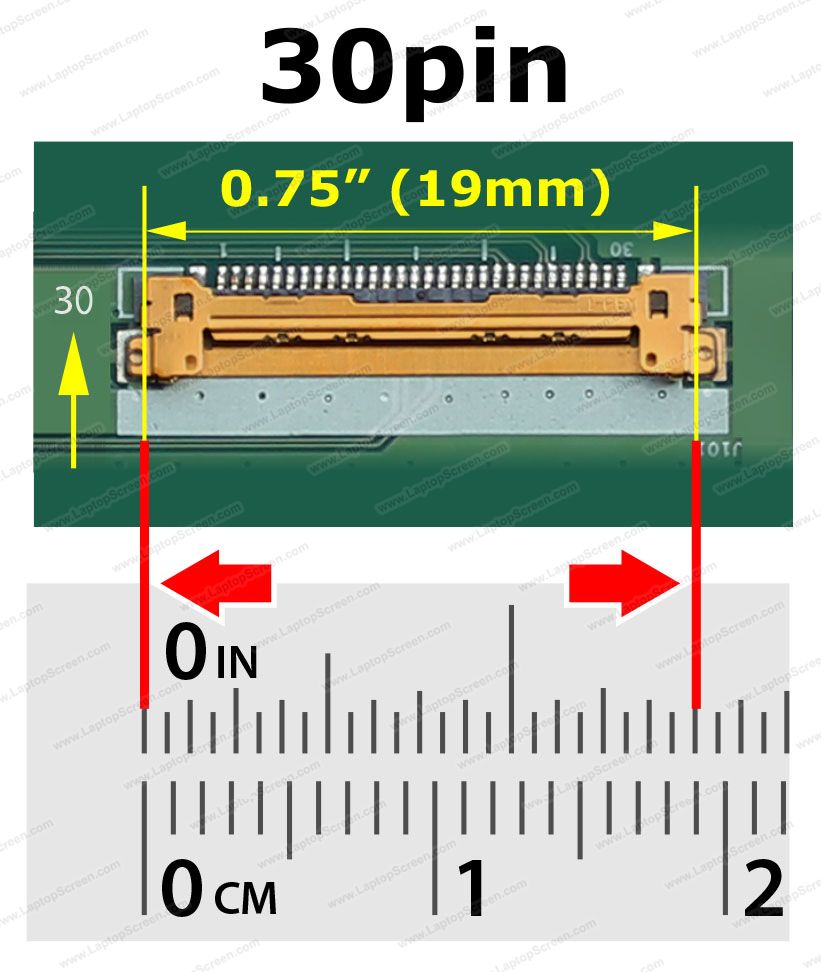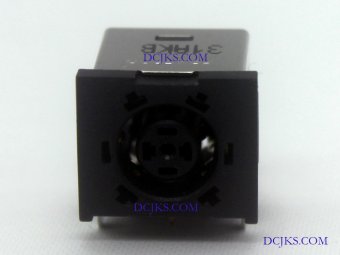

In fact, the display itself is likely the same. The processor in the model we used to review G-Sync is slightly upgraded from the Intel Core i7-4710HQ to the i7-4720HQ, and the refresh rate on the display is now 75Hz instead of 60Hz, but most users won’t see any difference between the chips. The massive gaming laptop has the chops to tackle even the most demanding game in our review suite, and turning up the heat will push the performance down to a point tearing will be an issue.

If you don’t mind hauling it around, there’s not much to complain about, especially when it comes to performance. It boasts an Intel Core i7-4720HQ processor, 24GB of RAM, and an Nvidia GeForce GTX 980M, the company’s best mobile graphics chip. We tested G-Sync on the well-equipped Asus G751Y-DB72, which is almost identical to the Asus G751 we tested in October of 2014. Because the display refreshes only when a frame is produced, there’s no tearing – but there’s also no additional input lag. In a laptop, the process is much simpler, as the GPU and monitor are already closely integrated. In a desktop setting, the graphics card talks to a proprietary module in a compatible monitor over DisplayPort, and refreshing the display only when the graphics card has rendered another frame. G-Sync tries to provide the best of both worlds. Your video card is now putting out one frame for every other display refresh, which means one frame every 33.3 milliseconds, on average. That’s not enough to match a 60Hz refresh rate, so to continue providing a tear-free experience, V-Sync must drop down to an even power of 60 – the closest being 30 FPS. Let’s say a game is averaging 50 FPS, for example. Input lag under V-Sync becomes even worse if your framerate is below 60 FPS. The result will be horizontal tearing across the screen – especially noticeable during rapid movement in-game. If you turn off V-Sync, however, the cadence of frames being produced at 90 FPS won’t vibe well with the typical monitor’s 60Hz refresh rate. The time a frame takes to render is the most basic form of input lag, and because V-Sync reduces the speed with which frames appear, it increases lag. If V-Sync is enabled, and framerate is capped to 60 FPS, then a frame is produced roughly every 16.7 milliseconds. Roughly speaking, that means a frame is produced once every 11 milliseconds. Let’s say a game is producing 90 frames per second on average. The input lag issue is complex, but it all boils down to how quickly frames are produced. It’s a simple solution, and assuming your computer keeps a steady 60 frames per second, the only real downsides are that you’re technically limiting your performance if your framerate could be higher, which can result in input lag. V-Sync solves the issue by limiting the framerate of your game to the maximum refresh rate of your monitor. Tearing specifically happens when the display isn’t done displaying one frame when another is sent to it from the graphics card. Sway above or below that sweet spot, though, and things start to get weird. If you have a 60Hz panel, and your card is rendering at 60 frames per second, then there’s no issue. Tearing in games is caused by a disagreement between when your graphics card is sending a signal to the monitor, and how fast the monitor can actually display it. It’s not without its own issues, however, so a number of solutions have been proposed that skirt the problem other ways, one of which is Nvidia’s G-Sync.

If you’re a serious gamer, you may have encountered screen tearing in your travels, and while most gamers leave V-Sync off, it can be a decent way to diffuse the situation.


 0 kommentar(er)
0 kommentar(er)
